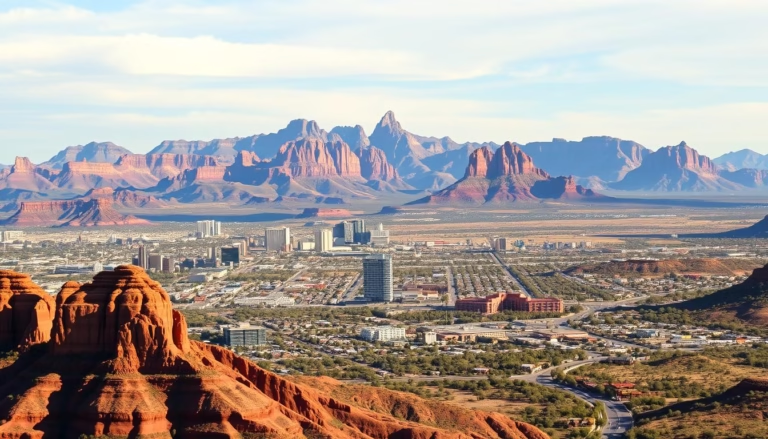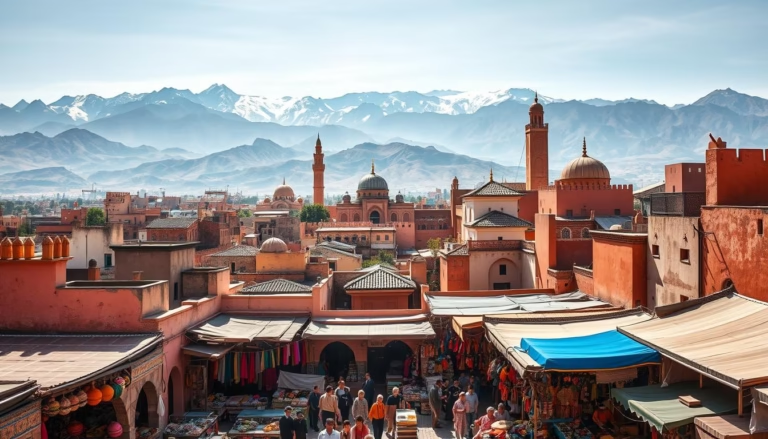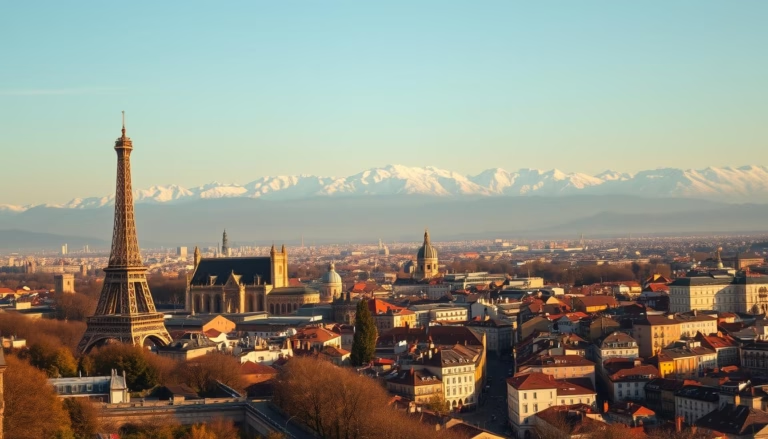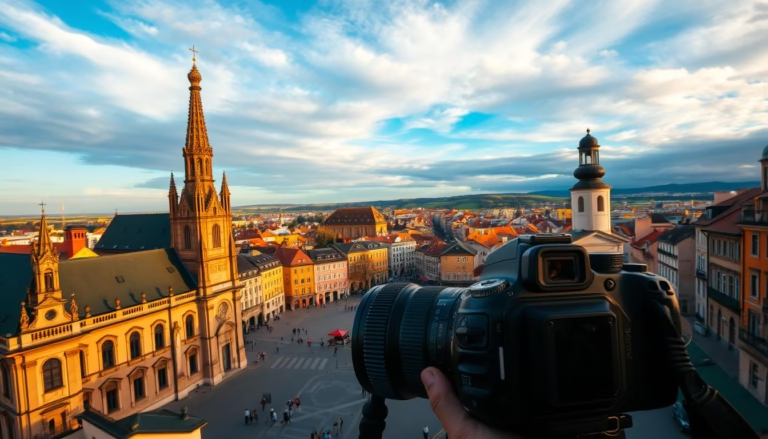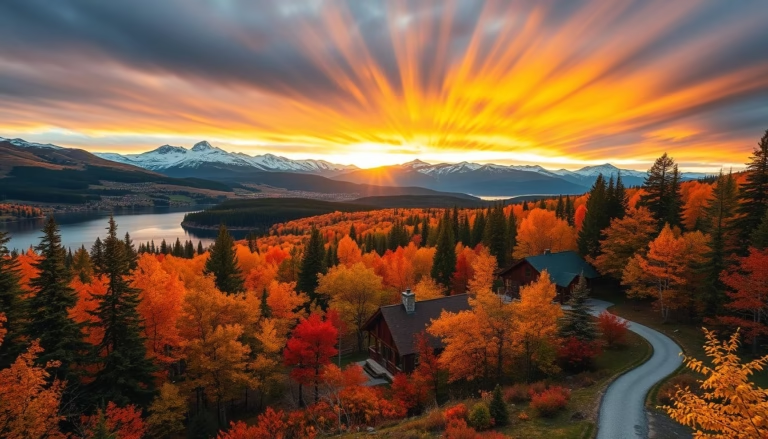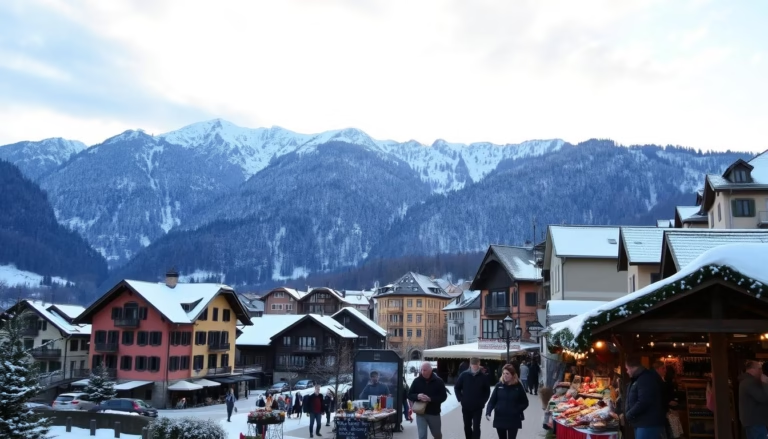Famous Mausoleums in the World: History & Architecture
Since ancient times, grand burial sites have revealed how civilizations honor their dead. The term mausoleum traces back to the Tomb of Mausolus, a 4th-century BCE marvel in Halicarnassus. This structure set the standard for commemorative architecture, blending artistry with reverence for the departed.
These monuments are more than resting places. They embody cultural beliefs, technical innovation, and societal values. From China’s sprawling Terracotta Army complex to India’s iconic white-marble wonder, each site tells a story through its design. Builders used local materials and styles to create timeless tributes.
Many structures showcase advanced engineering for their eras. Domed ceilings, intricate carvings, and vast underground chambers demonstrate remarkable skill. Religious symbols and royal insignias often adorn walls, reflecting the status of those memorialized.
Today, these sites attract millions of visitors yearly. Organizations like UNESCO protect them as vital pieces of human heritage. Their preservation ensures future generations can study the craftsmanship and traditions behind these enduring landmarks.
Key Takeaways
- Mausoleums reflect cultural beliefs and technological advancements of their time
- Architectural styles range from pyramid designs to elaborate marble complexes
- Many sites feature innovative engineering solutions for structural stability
- Over 20 mausoleums hold UNESCO World Heritage status for universal significance
- These monuments connect modern visitors to ancient customs and artistry
Introduction: Unveiling History and Architectural Grandeur
Monumental tombs have always whispered stories about those who shaped history. These structures blend artistry with purpose, revealing how societies celebrated life and grappled with mortality.
Setting the Stage for Timeless Memorials
Ancient builders approached tomb construction as eternal projects. They used locally sourced stone and marble, crafting domed chambers that defied weather and wars. Symbolic carvings often depicted journeys to afterlife realms, showing what cultures valued most.
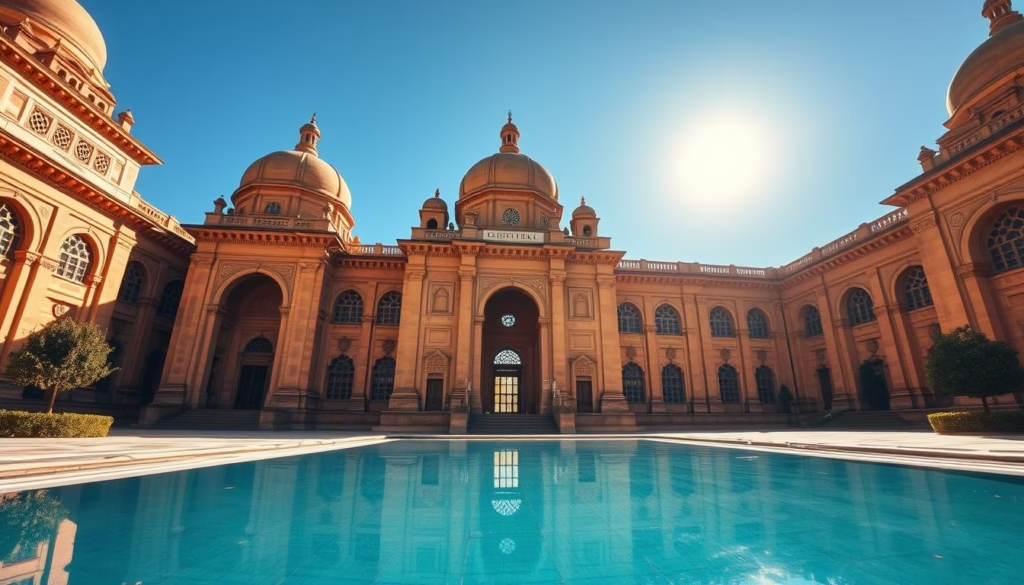
The Cultural Impact of Historic Mausoleums
These sites became gathering places for rituals and remembrance. A 3rd-century BCE engineer once wrote: “We build not just walls, but bridges between generations.” Today, visitors marvel at vaulted ceilings designed to echo prayers across centuries.
Modern preservation efforts keep these spaces alive. Guides explain how sloping roofs channeled rainwater long before gutters existed. Each detail—from hidden burial chambers to sun-aligned doorways—served practical and spiritual roles.
Tourists often leave feeling connected to ancestors they’ll never meet. That’s the real magic of these places. They turn cold stone into warm conversations across time.
Historical Significance of Mausoleums Through the Ages
The silent stones of ancient tombs hold echoes of civilizations long gone. These structures weren’t just final resting places—they were cosmic passports designed to mirror earthly existence. A 2nd-century Chinese emperor’s tomb, for instance, contained miniature palaces and bronze chariots to serve him beyond death.
Ancient Burial Traditions and Rites
Early cultures saw burial as a sacred bridge between worlds. Egyptian pharaohs packed their chambers with golden shrines and preserved food—essentials for their soul’s journey. Half a world away, China’s Terracotta Army stood guard over royal remains, each soldier bearing unique facial features.
Royal Tombs Through the Centuries
By the Roman era, above-ground monuments became status symbols. The 1st-century CE Mausoleum of Augustus featured concentric marble rings—a bold statement of imperial power. “We build not just monuments,” wrote a Byzantine architect, “but time capsules of human ambition.”
Religious shifts brought new designs. Islamic domes replaced pagan columns, while Christian crypts emphasized humility. Yet across eras, one truth remains: these sites capture humanity’s endless quest to leave lasting marks on eternity.
Architectural Marvels and Cultural Symbolism
Every curve and corner of these eternal buildings tells a story. Master builders blended Persian floral motifs with Roman arches, creating spaces where geometry meets spirituality. Double-shell domes and earthquake-proof foundations show how ancient engineers solved modern problems centuries ago.
Design Elements and Ornamental Details
Look closely at any grand tomb, and you’ll spot hidden messages in the designs. A 15th-century Persian architect once noted: “Light dances differently on octagonal towers—it’s God’s geometry.” Tile patterns often form sacred symbols, while gold leaf accents catch sunlight like celestial sparks.
Gardens surrounding these sites aren’t just pretty backdrops. Flowing water channels and cypress trees symbolize life’s journey in many cultures. Builders angled entire complexes to align with solstice sunrises, turning stone into seasonal calendars.
Inside, vaulted ceilings amplify whispers into echoes. Carved jali screens filter light into star-shaped shadows during midday. These weren’t just burial places—they were cosmic compasses guiding souls and inspiring the living through beauty that outlasts empires.
The Mausoleum of the First Qin Emperor
Burial sites often reveal what cultures value most. For China’s first emperor, Qin Shi Huang, that meant creating an eternal empire beneath the earth. His mausoleum first qin complex mirrors the cosmos, complete with rivers of mercury and celestial constellations.
Terracotta Army Legacy
Farmers struck pottery instead of water in 1974, uncovering history’s most stunning military formation. The 8,000 clay soldiers stand ready with real weapons – bronze swords still sharp after 2,200 years. Each warrior’s face tells a different story:
| Pit Number | Contents | Special Features |
|---|---|---|
| 1 | 6,000 infantry | Battle formations |
| 2 | Chariot units | Mixed cavalry |
| 3 | Command post | High-ranking officers |
Imperial Burial Rituals and Myths
Ancient texts describe mercury rivers protecting the first qin emperor‘s undisturbed tomb. Workers reportedly sealed themselves inside to protect secrets. Modern scans confirm high mercury levels – proof of the emperor’s obsession with immortality.
Conservators now battle time itself. “We’re racing to save original paint pigments,” explains lead archaeologist Zhao Min. Special humidity chambers preserve lacquer layers that once made soldiers’ armor shine crimson and purple.
This site remains a gateway to China’s past. Visitors exploring China’s hidden historical treasures often describe standing among the terra-cotta ranks as “walking through a frozen moment in time.”
Ming Tombs: Elegance in Imperial Resting Places
Nestled in a valley north of Beijing, the Ming Tombs blend mountain vistas with architectural mastery. Emperor Zhu Di launched this imperial complex in 1402 after moving China’s capital. Thirteen rulers rest here across 40 square kilometers, their final homes built over 242 years.
Sacred Pathways and Guardian Statues
The 4-mile Sacred Way sets the stage for these royal tombs. Stone elephants symbolizing strength stand beside mythical qilin creatures. Officials and generals line the path too – silent sentinels carved from single marble blocks. “Each statue took three years to complete,” notes historian Li Wei, “making them as eternal as the emperors they guard.”
| Structure | Purpose | Key Feature |
|---|---|---|
| Gate of Prominent Favor | Main entrance | Red lacquered doors |
| Soul Tower | Burial marker | Engraved stone steles |
| Sacrificial Hall | Ritual ceremonies | Golden nanmu wood beams |
Builders mixed practicality with symbolism. Bricks stamped with shou (longevity) weighed 55 pounds each – too heavy for thieves to steal. Feng shui experts positioned tombs between protective hills and flowing streams. Rulers personally approved designs, ensuring their eternal homes matched earthly palaces.
Today, visitors walk the same paths once reserved for mourning processions. The site’s careful preservation lets modern explorers touch door handles polished by centuries of imperial hands – a rare bridge between past dynasties and present curiosity.
Sun Yat-sen Mausoleum: Bridging History and Modernity
Perched high on Purple Mountain near Nanjing, this mausoleum honors the founder of modern China. Architect Lu Yanzhi won a fierce 1920s design competition with his blueprint blending imperial grandeur and republican ideals. The building’s bell-shaped layout symbolizes Sun’s call for national awakening, while its white stone steps mirror ancient royal tombs.
Contemporary Tribute to a Revolutionary Leader
Climbing 392 steps to the memorial hall feels like scaling China’s path to democracy. Each tier represents struggles Sun faced during his 40-year fight against dynastic rule. Visitors often pause at the halfway platform – not just to catch breath, but to reflect on his famous words: “The world moves forward, those who follow prosper.”
The vaulted ceiling inside stuns with its mosaic of the Republic’s flag. Sun’s marble statue gazes toward modern Nanjing, a city transformed by his vision. Craftsmen used traditional techniques to carve symbolic cypress trees into pillars, merging old artistry with new political ideals.
This site attracts over six million annual visitors, from school groups to overseas Chinese. Guides note how sunlight through blue roof tiles creates patterns matching Sun’s birth chart – a detail showing how every element carries meaning. It’s not just a tomb, but a textbook of 20th-century hopes carved in stone.
European Royal Tombs and Their Enduring Legacy
Death shaped empires as much as crowns did for Europe’s rulers. Their resting places became stone declarations of power, blending personal glory with national identity. Architects transformed grief into geometry, crafting spaces where visitors still feel monarchs’ lingering presence.
Napoleon’s Return to Imperial Splendor
Les Invalides houses France’s most dramatic tomb. Napoleon’s body finally reached Paris in 1840, nineteen years after his death on remote St. Helena. The seven-layer sarcophagus glows with red quartzite – a fiery contrast to the crypt’s shadowy dome.
Visitors circle the balcony like subjects paying homage. Sunlight filters through oculus windows, illuminating battle scenes etched in gold. “Every detail shouts ’empire’,” notes historian Claire Dubois. “Even in final resting place, he commands attention.”
This tomb outshines Versailles in scale. Six concentric coffins protect the emperor’s remains, mirroring his layered legacy. Guides remind guests: the man who reshaped Europe rests beneath 35 tons of polished stone – forever colossal, forever controversial.

